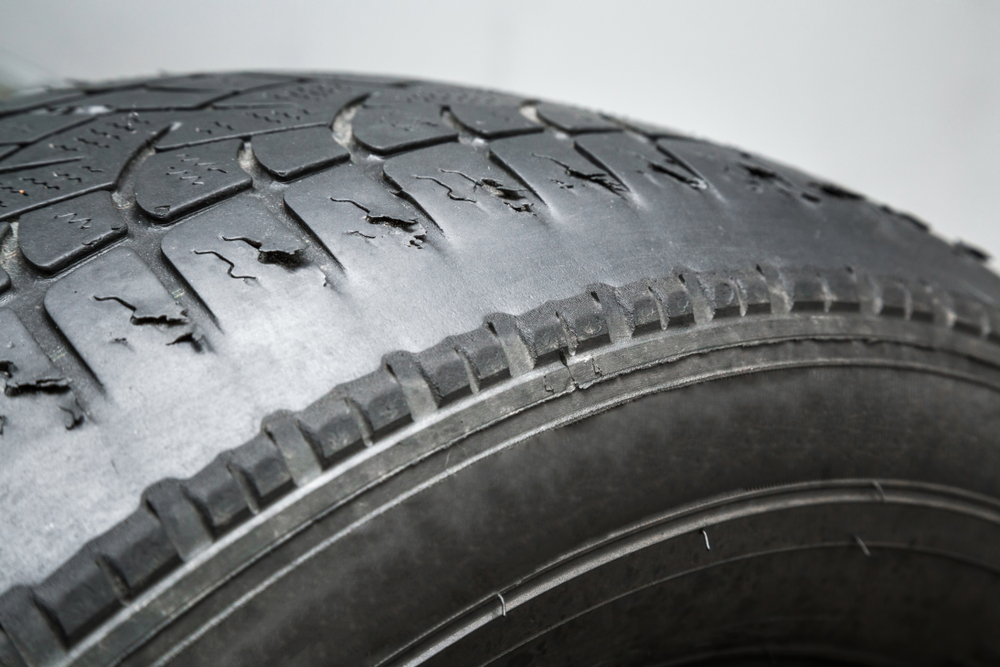Tires are a vehicle’s only point of contact with the road, making their condition a matter of paramount importance for safety and performance. The dangers of worn and old tires cannot be overstated. In this comprehensive guide, we will explore the various risks associated with tires that have seen better days and provide insights into the critical importance of tire maintenance.
Tread Wear and Reduced Traction
One of the most evident dangers of worn tires is reduced tread depth. As tires age and accrue mileage, their treads gradually wear down. This wear diminishes the tire’s ability to maintain proper traction on the road, particularly in adverse weather conditions like rain or snow. Reduced traction can lead to:
Increased Risk of Hydroplaning: Worn tires struggle to channel water away effectively, increasing the likelihood of hydroplaning on wet roads.
Poor Handling: Reduced traction compromises a vehicle’s ability to respond to steering inputs, potentially leading to loss of control.
Longer Braking Distances: Worn tires require more time to come to a stop, which can be critical in emergency braking situations.
Aging Tires and Structural Degradation
Tires, like all rubber-based materials, age over time, even if they have low mileage. This aging process, known as tire dry rot, can have serious consequences:
Cracking and Splitting: As tires age, they are prone to develop cracks and splits in the sidewalls or tread area, weakening their structural integrity.
Blowouts: Aged tires are more susceptible to sudden blowouts, which can result in loss of control and accidents.
Reduced Load Capacity: Aging tires may not be able to handle their original load capacity, leading to increased risk during heavy loading.
Increased Heat Buildup and Tire Failure
Worn tires generate more heat during operation due to increased rolling resistance. This excess heat can lead to tire failure and catastrophic consequences:
Blowouts: Heat buildup can cause the tire’s internal components to break down, resulting in a blowout.
Reduced Lifespan: Excessive heat accelerates tire wear, reducing their lifespan and necessitating premature replacements.
Reduced Fuel Efficiency: The increased rolling resistance from worn tires can lead to decreased fuel efficiency, costing you more in the long run.
Legal and Safety Implications
In many regions, driving on tires with insufficient tread depth is not only dangerous but also illegal. Worn tires can lead to:
Fines and Penalties: Law enforcement may issue fines for driving on unsafe tires, adding financial burdens to drivers.
Insurance Issues: In the event of an accident caused by worn tires, insurance companies may deny claims or assign partial liability to the driver.
Legal Consequences: Accidents resulting from tire failure can lead to legal actions and potential lawsuits.
Conclusion
The dangers of worn and old tires encompass a wide range of safety, financial, and legal implications. To mitigate these risks, it is crucial to prioritize tire maintenance and regular inspections. Ensuring that your tires have adequate tread depth, are free from structural degradation, and are not excessively aged is essential for safe and enjoyable driving. Remember that when it comes to tires, safety should always be the top priority.

